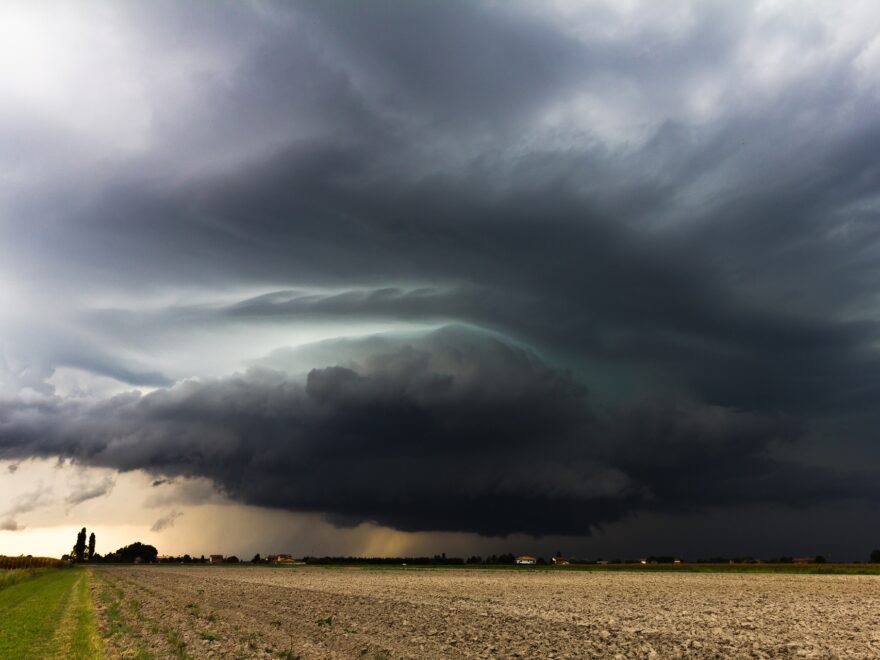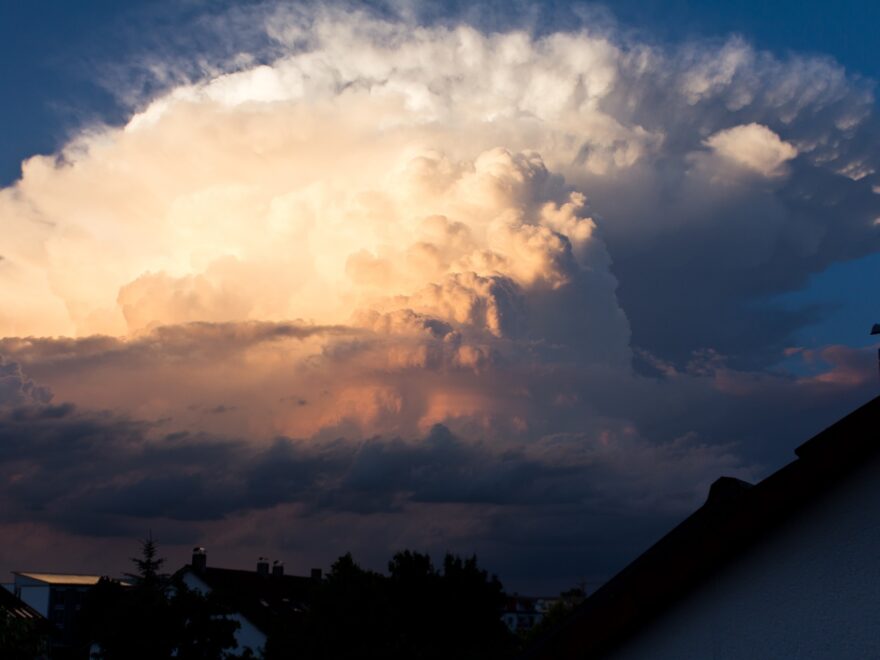Thunderstorms are powerful meteorological events characterized by lightning, thunder, strong winds, and heavy rain. These storms can occur almost anywhere in the world but are most common in the late spring and summer months. So, how do thunderstorms form? Thunderstorms form when warm, moist air rises into the atmosphere and cools, leading to the formation of cumulonimbus clouds. This process, known as convection, occurs when the sun warms the Earth’s surface, causing the air near the surface to become warm and less dense. As the warm air rises, it cools, and the moisture in the air condenses into visible clouds.
Continue reading

